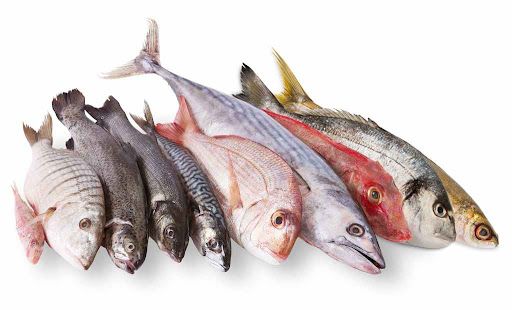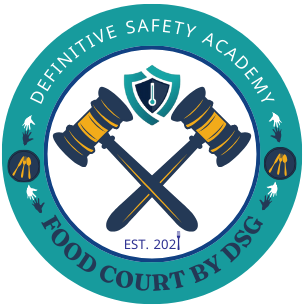Fish is a cornerstone of a nutritious diet, offering high-quality protein and beneficial omega-3 fatty acids. However, improper handling and storage can lead to foodborne illnesses. Understanding common types of fish-related food poisoning and their prevention is crucial for maintaining health and enjoying seafood safely.
1. Scombroid Poisoning: The Histamine Hazard

Symptoms:
Prevention
2. Botulism: A Silent Threat in Fermented and Canned Fish
Symptoms:
Prevention
3. Parasitic and Bacterial Risks in Raw or Undercooked Salmon
Symptoms
Preventions
Latest from our blog
Contact Us
admin@thefoodcourtdsg.com
-
Get in Touch
-
5065 Deer Valley Rd, Ste 114 Antioch, California 94531
-
(925) 237-9095
admin@thefoodcourtdsg.com
-
Quick links
-
Home
-
About Us
-
Affiliate Program
-
Blog
-
Podcast
-
Top Courses
-
Elevating Food Safety Standards Globally

